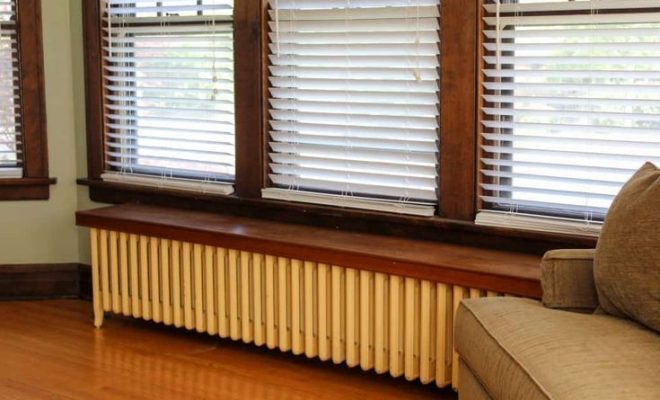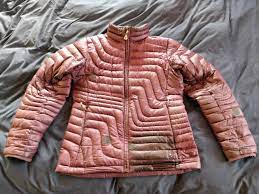Easy Ways to Paint a Radiator: 14 Steps

Introduction:
A well-maintained radiator can not only improve your home’s energy efficiency but also enhance its aesthetic value. Painting your radiator is an affordable way to give it a fresh look, while also protecting it from rust. Here are 14 easy steps to paint your radiator and keep it looking brand new.
1.Choose the right time
It is best to paint your radiator during warm weather when you will not require it for heating purposes.
2.Turn off the radiator
Ensure that the radiator is switched off and completely cool before starting the painting process.
3.Gather your materials
You will need a wire brush, sandpaper, tape measure, masking tape, paintbrush or roller, and appropriate paint.
4.Clean the radiator
Use a vacuum cleaner or cloth to remove dust and dirt from the surface.
5.Remove rust and peeling paint
Use the wire brush to eliminate rust, loose paint flakes, and any irregular surfaces.
6.Sand the surface
With sandpaper, smooth out the entire surface of the radiator; this will allow better adhesion of the paint.
7.Wipe down the radiator
Remove any remaining dust by wiping down the surface with a damp cloth; this step is crucial for a flawless finish.
8.Protect surrounding areas
Place drop cloths on the floor and use masking tape to protect walls and nearby furniture from accidental spills or splatters.
9.Measure your radiator
To have an accurate idea of how much paint you will need, measure your radiator’s dimensions (width, height, and depth).
10.Choose suitable paint
Select a high-quality metal paint that can withstand high temperatures. Typically, these paints are specifically labeled as suitable for use on radiators.
11.Mix the paint
Stir your chosen paint thoroughly to ensure even consistency and color.
12.Apply primer (optional)
If your radiator is in poor condition or you are dramatically changing the color, you may want to apply a metal primer before painting.
13.Paint the radiator
Using a paintbrush or roller, apply multiple thin coats of paint to your radiator. Allow each layer to dry before adding another coat.
14.Leave to dry
It is essential to let the paint dry for at least 24 hours; doing so will ensure proper adhesion and an even finish. Turn on the radiator after it has dried to confirm that the final result meets your expectations.
Conclusion:
Painting a radiator can be an easy DIY project that instantly revitalizes its appearance and protects it from rust and wear. Follow these 14 simple steps to update your radiator and enhance your home’s aesthetic appeal.






